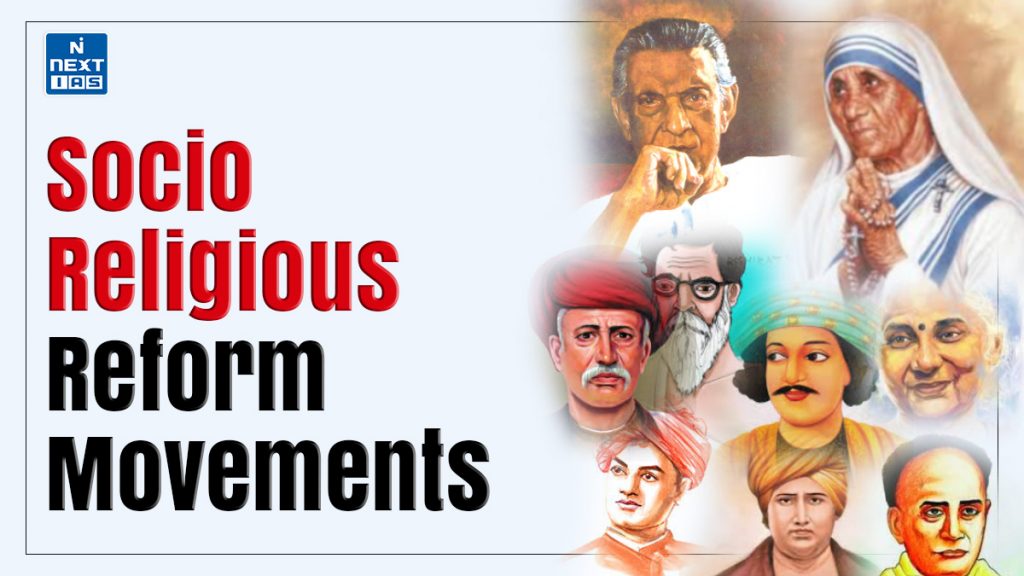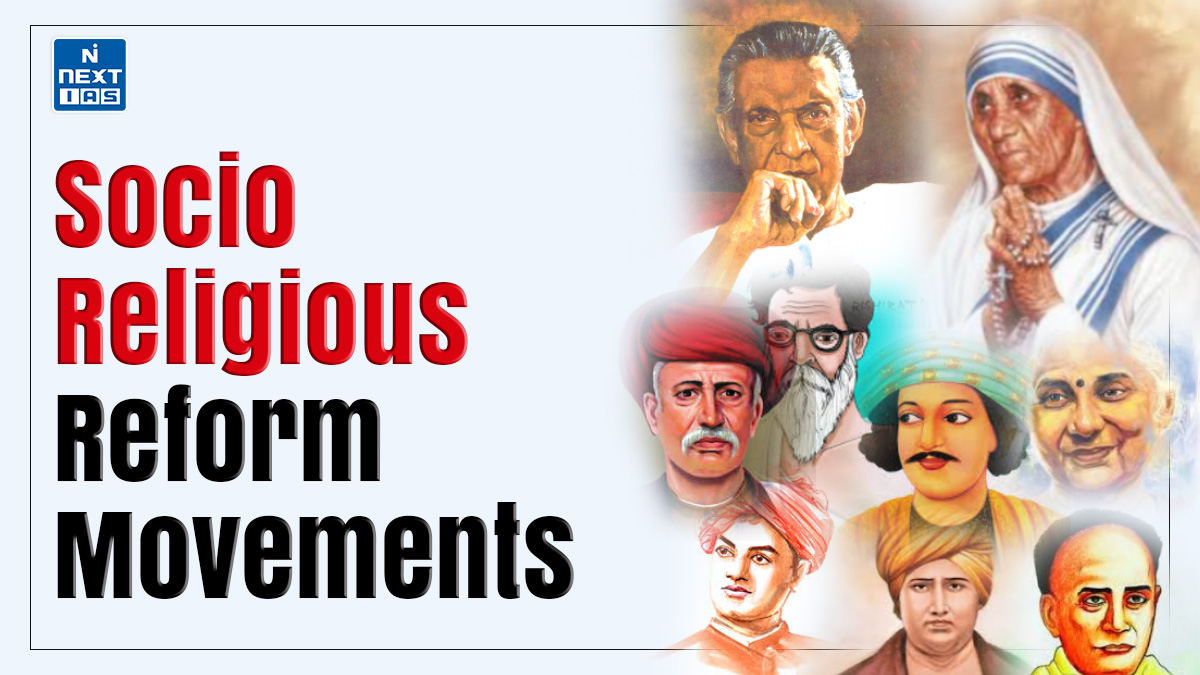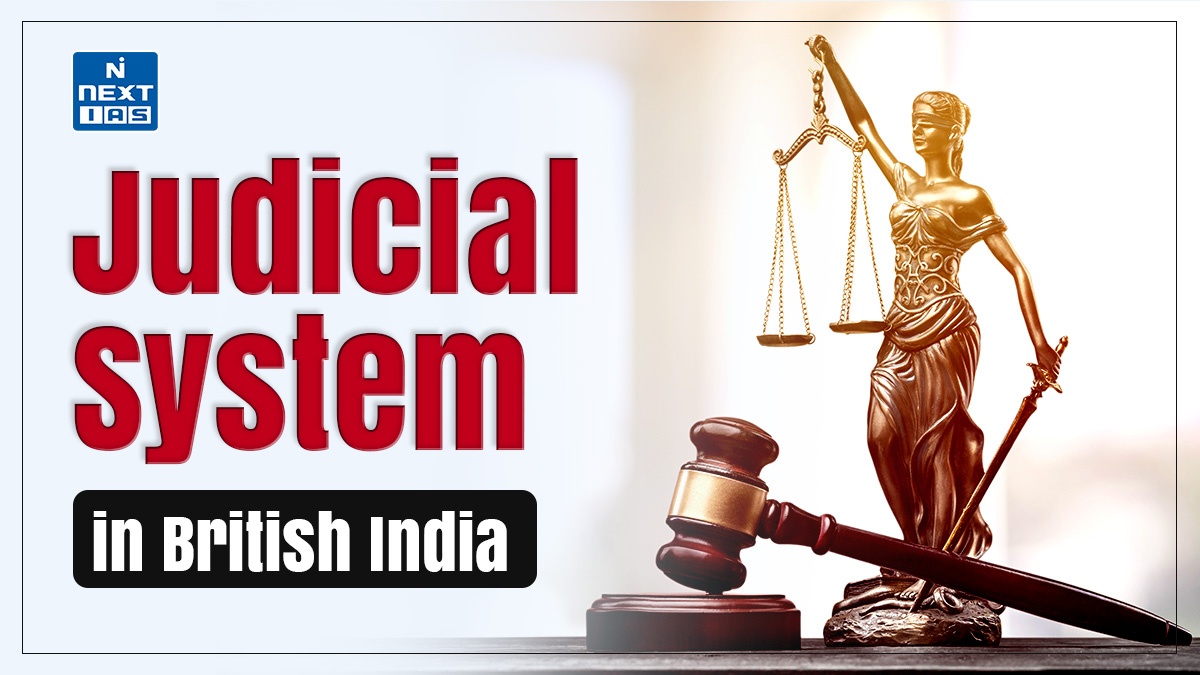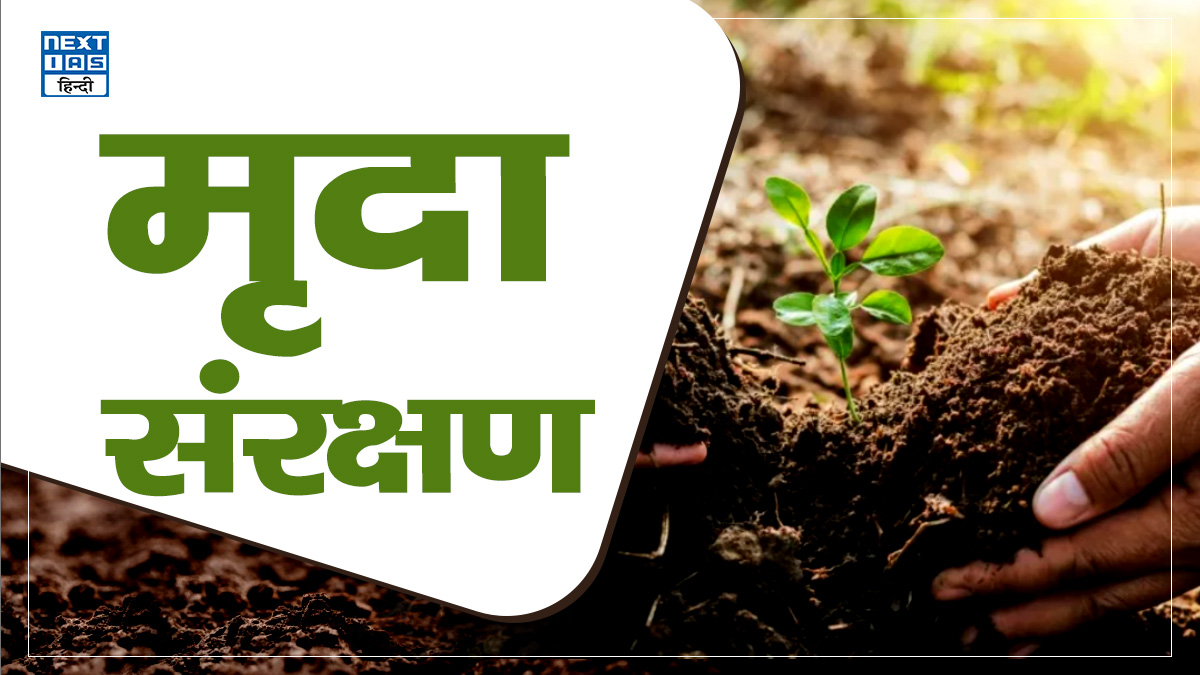
The Socio-Religious Reform Movements in India were efforts by reformers in the 19th and early 20th centuries to address social inequalities, outdated customs, and religious orthodoxy. These movements laid the foundation for a modern and progressive Indian society by promoting social equality, rationality, and national consciousness. This article aims to study in detail the impact, significance, and challenges of these reform movements, examining how they shaped India’s journey toward a more inclusive and just society.
About Socio-Religious Reform Movements
- Etymologically, ‘reform’ means ‘forming again’ and ‘reconstruct’, which can be done only when a system is first demolished, but social reform envisages ‘amendment’, ‘improvement’, etc., thus entailing peaceful crusading, use of non-violent means for change and change in slow speed.
- A socio-religious reform movement is a social movement that aims to make gradual changes or changes in certain aspects of society rather than rapid or fundamental changes.
- A reform movement is distinguished from radical social movements such as revolutionary ones.
Features of Socio-Religious Reform Movements
- The socio-religious reform movements in India during the 19th and early 20th centuries aimed to address societal issues like caste discrimination, gender inequality, and regressive practices such as sati and child marriage.
- These movements, led by reformers like Raja Ram Mohan Roy, Jyotirao Phule, and Swami Vivekananda, emphasized rationalism, education, and the revival of core spiritual values while challenging orthodoxy.
- They advocated for women’s rights, caste equality, and interfaith harmony, blending traditional values with modern ideas.
- These efforts fostered social awareness, inspired unity, and laid the foundation for India’s nationalistic awakening and modern societal transformation.
Brahmo Samaj
- In the nineteenth century, many individuals and organisations actively participated in the social reform movement.
- However, the story of the Indian social reform movement practically began with Raja Rammohan Roy (1774-1833).
- The advent of Raja Rammohan Roy (the father of the Indian Renaissance) marked the demarcation between the dark middle age and the modern age of ‘enlightenment’.
- In 1815, Rammohan Roy formed ‘Atmiya Sabha’ (Association of Friends), an association for religious discussions.
- In 1828, he formed ‘Brahmo Sabha’, later becoming famous as ‘Brahmo Samaj’.
Read our detailed article on Brahmo Samaj.
Young Bengal Movement
- Henry Vivian Derozio (1809-1831), a young Anglo-Indian teacher of Hindu College, initiated this movement.
- His followers were also known as Derozians. Important members of this group included Krishnamohan Bondopadhyaya, Tarachand Chakraborty, Dakshinaranjan Mukhopadhyaya, Ramgopal Ghosh, Ramtanu Lahiri, and Pearychand Mitra.
Read our detailed article on the Young Bengal Movement.
Prarthana Samaj
- Prarthana Samaj was founded by Atmaram Pandurang in Maharashtra in 1867. Keshub Chandra Sen was instrumental in its formation.
- The prominent leaders associated with it were Mahadev Govind Ranade, Bhandarkar, NG Chandavarkar, and K.T. Telang.
- Though K.T. Telang regularly visited the samaj services, he never became a member.
Read our detailed article on the Prarthana Samaj.
ramakrishna mission
- Ramakrishna Paramhans, earlier known as Gadadhar Chattopadhyaya, was a man with a liberal outlook.
- Shardmani Mukhopadhyaya was married to Ramakrishna Paramhans at age five in 1859.
- He firmly believed that all religions shared an underlying unity, and only their methods of worship differed.
- God could approach any form of worship as long as it was done with single-minded devotion. He recognised the fundamental oneness of all religions.
Read our detailed article on the Ramakrishna Mission.
Arya Samaj
- Swami Dayanand Saraswati undertook the task of reforming Hindu religion in North India.
- Swami Dayanand Saraswati is known as Martin Luther of India. In 1875, he started the Arya Samaj.
- He made ‘Go Back to Vedas’ the basis of the Arya Samaj philosophy. Arya Samaj established many educational institutions in India to educate males and females.
- Gurukuls provided education mainly in Sanskrit, the Vedas, Ayurveda, etc., and Dayananda Anglo Vedic (DAV) schools and colleges offered modern education in Humanities and Sciences.
- The philosophy and principles of the Arya Samaj profoundly influenced many national leaders, such as B.G. Tilak, Lala Lajpat Rai, and G.K. Gokhale.
Read our detailed article on the Arya Samaj.
Paramhansa Mandalis
- Mehtaji Durgaram, Dadoba Pandurang, and his friends started it in 1849 in Maharashtra.
- The Mandalis believed in one God. They opposed caste rules and promoted women’s emancipation by advocating widow remarriage and women’s education.
- The members of the Mandalis used to have food cooked by lower caste people, who were considered taboo at that time. Their meetings were kept secret.
Satyashodhak Samaj (Truth Seekers’ Society)
Jyotiba Phule (1827-1890) was a leading social reformer of nineteenth-century India from Maharashtra. Along with Justice Mahadev Gobinda Ranade, he founded Satyashodhak Samaj (Truth Seekers’ Society). He is believed to be the first Hindu to start an orphanage for unfortunate children. The primary objectives of this Samaj were:
- To do social service. The Samaj opened hospitals and schools that specifically served the lower castes.
- Spread education among women and people of lower caste.
- To advocate gender, socio-economic and caste equality. It wanted to abolish the caste system. The Samaj used Raja Bali as its symbolic God.
- The Samaj was one of the initiators of widow remarriage in Maharashtra.
- It aimed at the complete abolition of the caste system and socio-economic inequalities.
Gyan Prasarak Mandalis
- Also known as Students’ Literary and Scientific Societies, these Mandalis were established in Maharashtra and Gujarat.
- Young, educated men organised them. These Mandalas organised lectures on science and social questions. They promoted the start of schools for girls.
The Servants of India Society
- It was started by Gopal Krishna Gokhale in 1905. The society’s main aim was to promote selfless social service and instil nationalism among the youth.
- It also tried to create a cadre of constitutionally sound people to look after India’s interests.
Social Service League
- Narayan Mallhar Joshi founded the Social Service League in Bombay to improve the conditions of life and work for all.
- It helped organise schools, libraries, gymnasiums, factories, and cooperative societies, provided aid and advice, taught people to earn a livelihood, provided medical relief, and organised excursions for slum dwellers.
Seva Sadan
- It was started by a social reformer named Behramji Malabari in 1885. It worked for women’s emancipation and supported women who were exploited and ousted by society, like the widows and elderly.
- This society stood for equality and against infant marriages of girl children and provided educational, medical, and welfare services to women irrespective of caste and religion.
Shuddhi Movement
- Swami Dayanand Saraswati started the Shuddhi movement.
- The movement’s basic objective was to reconvert Hindus who had been converted to other religions, such as Christianity and Islam.
Veda Samaj
- The Samaj was established in Madras in 1864, mainly with the efforts of Sridharalu Naidu and Keshub Chandra Sen.
- The main philosophies of Veda Samaj were very similar to those of Brahmo Samaj, at least in their theistic principles.
- An essential ideology of the members of Veda Samaj was considering marriage and funeral rituals as matters of routine, destitute of all religious significance.
- They raised solid voices for discarding all sectarian views, gradually abandoning caste distinctions, tolerating the view of strangers and never offending anyone’s feelings.
- Apart from the above theistic morals, the two Samaj were against polygamy and child marriage and supported widow remarriage.
Shri Narayana Dharma Paripalana Movement (SNDP)
- This movement was born from the conflict between the depressed and the upper non-Brahmin castes in South India.
- Shri Narayan Guru Swami started it among Kerala’s Ezhavas (considered untouchables).
- The SNDP movement tried to bring equality to all. It took up issues such as the right to Public School, access to roads and entry to temples, equal opportunity to work, political representation, government services, and a better social life for the low-caste people.
Vokkaligara Sangha
- It was founded in 1905 to address the educational, social, and political aspirations of the Vokkaliga community of Mysore.
- It was an anti-Brahmin movement. The Sangha’s motto was work is worship.
Justice Movement
- C. N. Mudaliar, T. M. Nair, and P.Thyagaraja started it in Madras Presidency.
- The movement aimed to get jobs and representation in the legislatures for the non-Brahmins.
Self Respect Movement
- EV Ramaswamy Naicker started it in the mid-1920s in Tamil Nadu. It was a caste movement that dealt with the upliftment of lower castes.
- It considered the prime cause of problems of lower caste people to be the Brahmanical religion and culture and rejected it.
- The new system introduced was the self-respecting marriage system, in which marriages were formalised without Brahmin priests.
Indian Social Conference
- Mahadev Govind Ranade and Raghunath Rao founded it in 1887 in Madras. The social conference focused primarily on social reforms like inter-caste marriages, opposing child marriage and opposing polygamy.
- It started the “Pledge movement” to inspire people against child marriages. It acted as a social reform cell of the Indian National Congress.
Theosophical Society of India
- Madam H P Blavatsky and Colonel H S Olcott founded The Theosophical Society in the United States in 1875.
- They came to India and made Adayar near Madras its headquarters in 1886. Theosophical Society is not a sect or religion.
- The members of this society were free to follow their religion. In 1907, Mrs. Annie Besant assumed the Presidency, making it an all-India movement.
- The Theosophical Society is responsible for the revival of the Eastern faiths, the checking of the destructive effects of missionary zeal, the establishment of an Indian ideal of education, the inspiring of self-respect in Indians, of pride in their past, of hope in their future, and the creation of the national spirit now throbbing throughout the land.
Wahabi/Walliullah Movement
- Shah Walliullah was the first Indian Muslim reformer who tried to improve the abysmal conditions of Muslims in India.
- It was a revivalist movement directed against the British. Shah Abdul Aziz and Syed Ahmed Barelvi popularised its teachings, which gave Muslims a political perspective.
- This movement fizzled out in the 1870s due to the British military might.
Aligarh Movement
- Syed Ahmed Khan started the Aligarh movement. It was based on Western concepts of liberty and rationality and challenged the orthodoxy of the Muslim religion.
- As the movement’s leader, Sir Syed Ahmed Khan advocated that if there was a conflict between human reason, rationality, science and the interpretations of the Quran, then the former would prevail.
Titu Mir’s Movement
- Syed Mir Nisar Ali, or Titu Mir, was a peasant leader who led the Narkelberia Uprising in 1831— often considered the first armed peasant uprising against the British.
- He organised Muslim peasants of Bengal against the Hindu landlords and the British Indigo planters.
- In the later parts of his life, he was in confrontation with the British and was killed in action in 1831.
- Titu Mir was a disciple and the founder of the peasant Wahabi movement.
Faraizi Revolt
- This movement was founded by HajiShariat-Allah in East Bengal. It was an orthodox movement that emphasised the Islamic pillars of the faith and asked the Muslims to renounce un-Islamic practices.
- This movement became a Revolutionary movement under his son, Dudu Miyan, who gave it an organisational structure.
- He functioned like a caliphate, appointing a leader at the provincial or village level.
- The movement gained political colours and organised forces against Hindu landlords and the local government. This movement became purely religious without political overtones after the death of Dudu Miyan.
Ahmadiyya Movement
- The movement was founded by Mirza Ghulam Ahmad in 1889. It was described as the bearer of the Mohammedan Renaissance, as it based itself on the principles of universal humanity, liberty, and dignity of life.
- It promoted Western liberal education among Muslims. It opposed Jihad (sacred war against non-Muslims). However, it suffered from mysticism.
Rahnumai Mazdayasnan Sabha
- The Rahnumai Mazdayasnan Sabha (Religious Reform Association) was formed by a group of English-educated Parsi reformers, including Naroji Furdonji, Dadabhai Naoroji, K. R. Cama, and SS Bengalee, to regenerate the social conditions of Paris, restore Parsis, and restore the Zoroastrian religion to its pristine purity.
- The newspaper Rast Goftar (Truth Teller) spread the reformist message.
Singh Sabha Movement
- The Singh Sabha Movement was founded in Amritsar in 1873 to spread Western modern education and protect the Sikhs from conversion to other religions.
- They established Khalsa Schools throughout Punjab for fulfilling these objectives.
Akali Movement
- The Akali movement, which aimed to liberate the Sikh Gurdwara from the control of corrupt Udasi Mahants, was an offshoot of the Singh Sabha Movement.
- In 1922, the Akali forced the government to pass the Sikh Gurdwaras Act, which gave the control of Gurdwaras to the Shiromani Gurdwara Prabandhak Committee.
Dharma Sabha
- Radhakanta Deb founded the Dharma Sabha.
- This group maintained the status quo in socio-religious matters like disallowing widows’ remarriage and opposing the abolition of sati.
- A contrasting feature, however, was the encouragement of Western education for boys and girls.
Bharat Dharma Mahamandala
- Bharat Dharma Mahamandala, founded by Pandit Deen Dayalu Sharma, was an orthodox movement of educated Hindus.
- It wanted to maintain the status quo in Hinduism. It defended orthodox Hinduism against the new reformist movements of Arya Samaj, Theosophists, and the Rama Krishna Mission.
- Its headquarters were in Varanasi. Pandit Madan Mohan Malaviya was one of its prominent leaders.
- Other orthodox Hindu movements were Sanatan Dharam Sabha, Dharma Maha Parishad, and Dharma Mahamandali. These organisations sought to open Hindu Educational Institutions.
Deoband School
- It was a movement that was organised by the orthodox section of Muslim Ulemas to spread pure teachings of the Quran and Hadith and keep alive the feeling of jihad against foreign rulers.
- It was established in 1866 by Muhammad Qasim Nanotvi and Rashid Ahmad Gangohi in the Saharanpur district of the United Provinces. The movement aimed at the moral and religious regeneration of the Muslim community.
Analysis of Socio-Reform Movements
The socio-religious reform movements in India during the 19th and early 20th centuries laid the groundwork for social change and national consciousness. These movements aimed to abolish outdated practices, promote rationality, and modernise society through Western education and liberal interpretation of scriptures.
Positive Impact
- Women Emancipation: Reformers like Raja Ram Mohan Roy and Ishwar Chandra Vidyasagar championed women’s rights, influencing British policies to pass laws such as the Sati Abolition Act (1829) and Hindu Widow’s Remarriage Act (1856).
- Caste Upliftment: Reformers like Jyotiba Phule and Swami Vivekananda worked to break caste hierarchies and integrate lower castes into mainstream society, focusing on education and equitable rights.
- Development of Scientific Temper: These movements promoted Western education, which fostered a rational, scientific outlook and a greater understanding of imperialism among Indians.
- Glorification of India’s Past: Reformers highlighted India’s rich history, inspiring self-respect and boosting national pride.
- National Consciousness: Realizing the true nature of British rule, Indians grew in nationalist consciousness, understanding the manipulative aspects of the “White man’s burden” narrative.
Negative Impact
- Development of Communalism: Religious overemphasis sometimes fostered division, which later contributed to the communal strife leading to India’s partition.
- Seeds of Partition: Movements like the Shuddhi and Aligarh movements reinforced religious identity, weakening India’s composite cultural unity.
- Divisions within Religions: Some reform efforts created divisions within religions based on caste and class, fragmenting society.
- Region-Specific Reach: Reform movements were often limited to urban, educated elites, with lesser participation from rural and lower socioeconomic groups.
- Anti-Western Sentiment: A focus on Indian heritage sometimes deterred people from fully embracing Western education, unintentionally supporting old mysticism and rituals.
Conclusion
In conclusion, the Socio-Religious Reform Movements in India played a vital role in eradicating oppressive customs, promoting equality, and fostering national consciousness. They laid a foundation for a more inclusive and progressive society despite unintended consequences.
GS - 1




